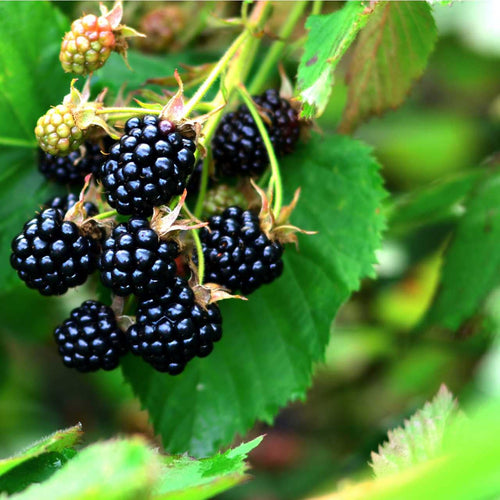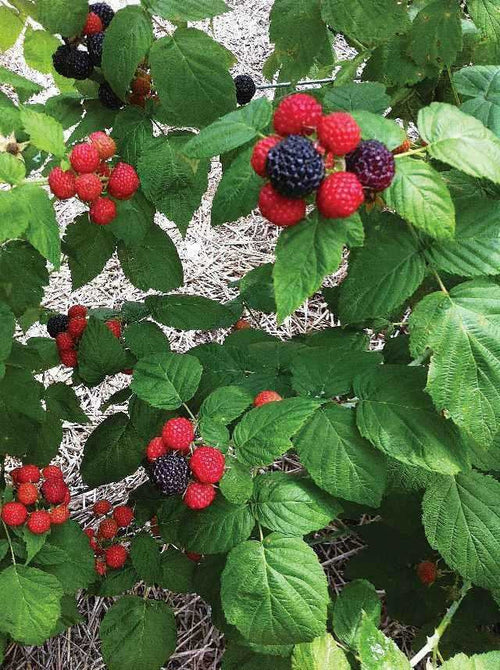The blueberry bush isn’t just a berry plant that bears fruit but also gives you a radiance glow or something amazing to look at in your yard.
There are so many various things that you can do with blueberries, such as making jams, jellies, pies, cakes, and so much more. For many years people have used blueberries to heal various illnesses as well as in food. Blueberries are a versatile fruit because they have so many different things that they can look pretty.
Native Americans have been once linked to grinding blueberries into a spice or rubbing rubbed onto meat before cooking. As the meat is cooked, the blueberries seep into the meat giving it a delightful and tart taste all at the same time. There are blueberry teas, juices, extracts, and many other items that one can only dream of.
Many doctors even recommend blueberries to cleanse your kidneys the same way as cranberries are used so that you can prevent kidney stones from forming.
Blueberries can be beneficial in preventing urinary tract infections and many other reproductive organs
For a woman, tea is said to help in childbirth to soothe, calm her, and use cough syrup.
Blueberries are very beneficial because they are rich and pure in antioxidants which aid in preventing cancer, heart disease, and many other forms of illnesses and hereditary diseases.
Source to Buy Blueberry Bushes
TN Nurseries best selling berry plants
Blueberry
Blackberry




















































